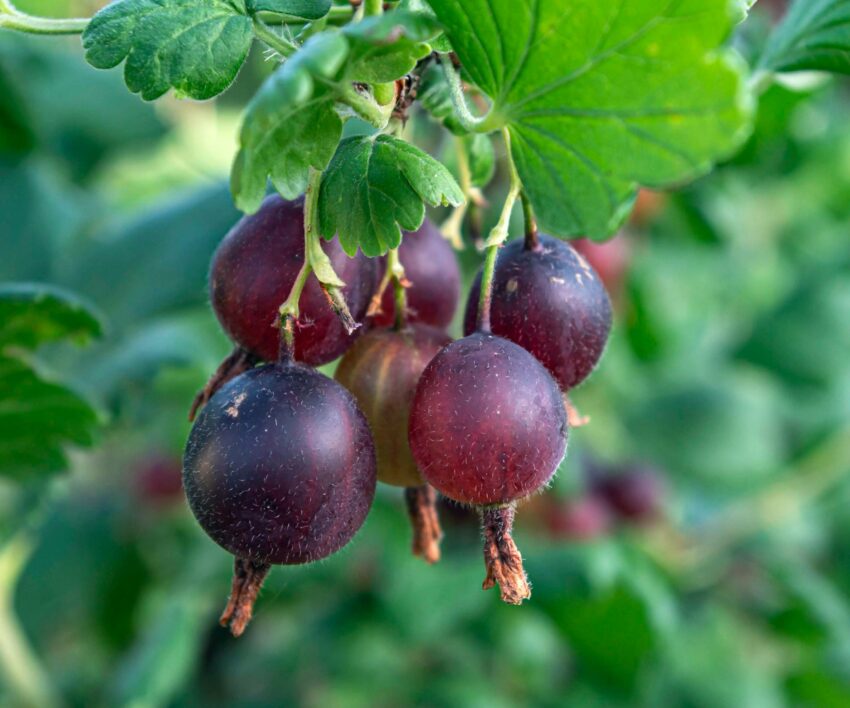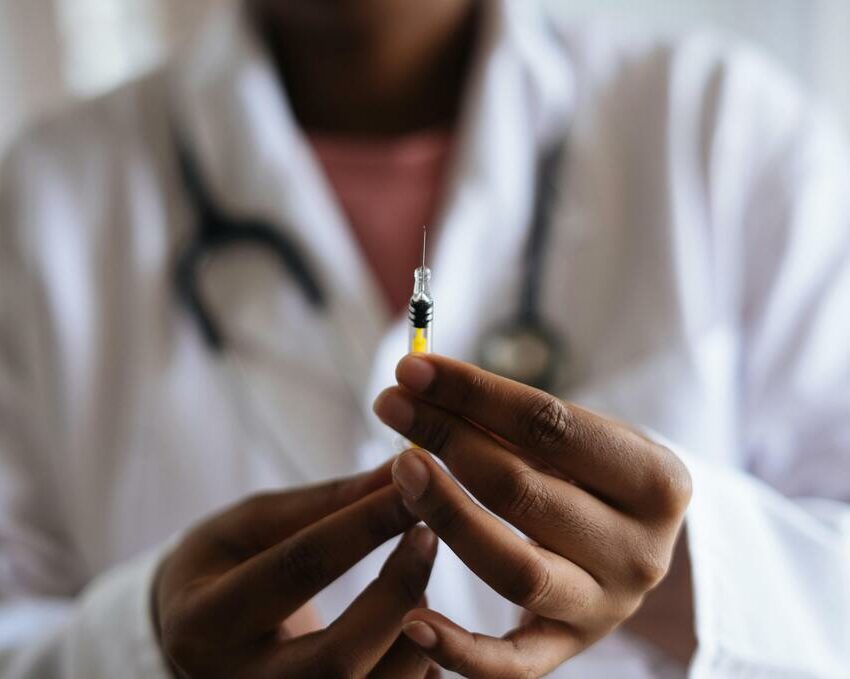bleeding: picture: pexels
Imagine getting a small cut or bump and worrying not just about pain, but whether your blood will stop flowing at all. That’s the daily reality for people living with haemophilia, a rare bleeding disorder that often goes unnoticed until it turns life-threatening. With World Haemophilia Day observed each year on April 17, it’s the perfect moment to shed light on what life with the condition actually looks like—and how treatment is evolving.
Haemophilia is a rare, inherited blood disorder that reduces blood clotting, increasing bleeding and bruising, according to the Cleveland Clinic.It is mentioned that this condition occurs when the body lacks enough clotting factors, which help form blood clots.
“Healthcare providers treat this condition by replacing the missing clotting factors. There isn’t a cure for haemophilia, but people who receive treatment generally live about as long as people who don’t have haemophilia,” states the Cleveland Clinic.
The World Federation of Haemophilia states that haemophilia A (lack of factor VIII) and haemophilia B (lack of factor IX) are the most common types. It is further stated that people with severe forms can bleed spontaneously or after minor injuries, especially into joints, which can lead to chronic pain or disability if untreated.
Advances in treatment are changing the game. According to the Haemophilia Journal, traditional therapies like factor replacement have long helped manage symptoms, but newer options are giving patients more freedom. The introduction of extended half-life products and non-factor therapies—like emicizumab, a subcutaneous injection—are making treatment less invasive and more effective, adds the above journal.
The Mayo Clinic states that severe haemophilia treatment involves replacing clotting factors through a vein tube, either to treat bleeding episodes or prevent them. Recombinant clotting factors are made from donated blood, continues the clinic. Other therapies are said to include desmopressin, emicizumab (Hemlibra), and clot-preserving medications. These drugs are believed to stimulate the body to release more clotting factors, prevent bleeding episodes, and prevent clots from breaking down.
The South African Haemophilia Foundation states that in South Africa, access to treatment can still be uneven, but local awareness campaigns and support from global partnerships are improving diagnosis and care. This foundation plays a key role in connecting patients to resources and creating a sense of community.
So this World Haemophilia Day, let’s remember the brave individuals managing their condition daily—and support efforts that bring dignity, access, and a little more ease to their lives. Because a safer, more informed world starts with understanding—even if it begins with a small cut.
Also see: World Health Organisation takes on global malnutrition crisis









